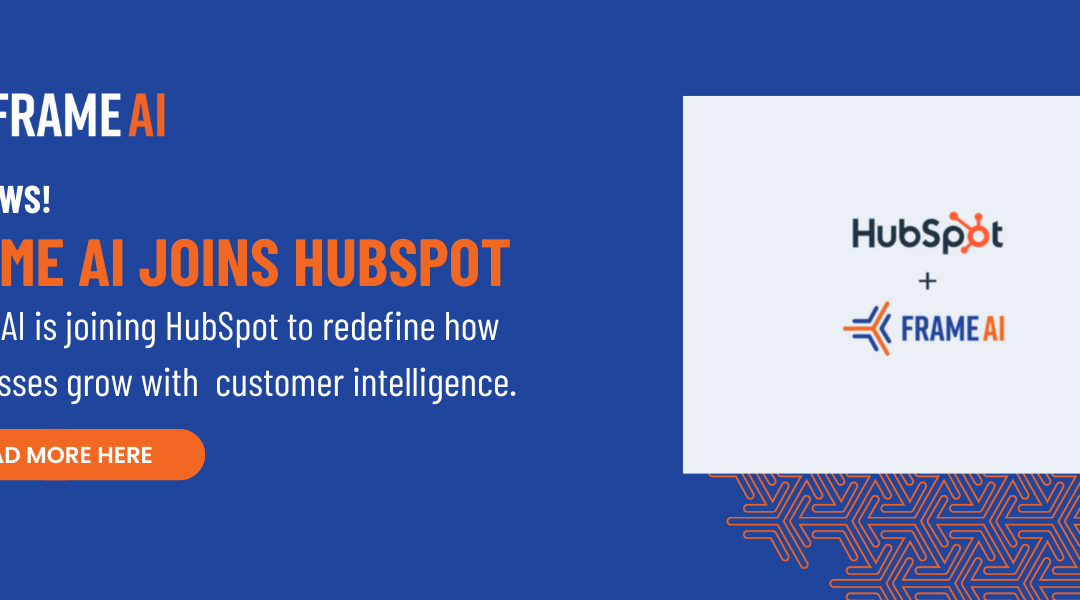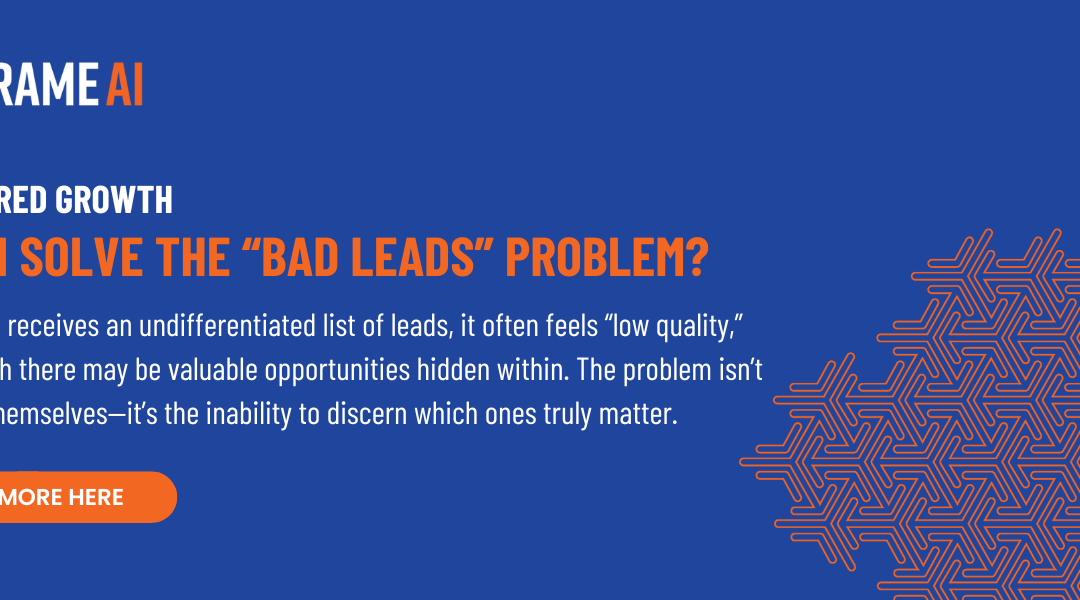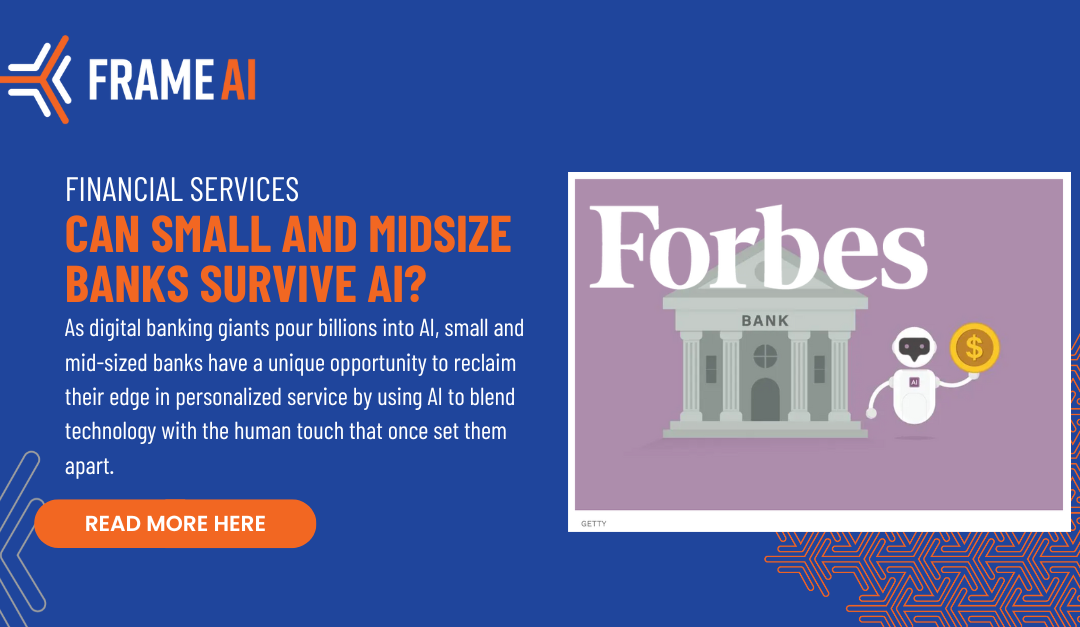Last month, Twilio and Frame AI announced a new partnership to leverage AI to enhance customer engagement within Twilio Flex, the cloud-based digital engagement solution for personalized interactions across contact centers, sales, and in-app concierges. George Davis, Founder & CEO, Frame AI, and Dimitris Sotiriou, Product Director, Twilio dive deeper into the benefits of this partnership and the future of AI in the contact center.
Optimizing Operations with AI to Improve CX
Dimitris Sotiriou: We’re excited about this partnership for our Flex customers. Together, we’re infusing AI into the contact center in order to create better experiences for contact center professionals. Our recently unveiled CustomerAI couples the power of large language models (LLMs) with the rich customer data that flows through Twilio’s Customer Engagement Platform to help companies unlock the potential of their customers. With the help of Frame AI’s platform and Twilio CustomerAI, Twilio Flex will be able to provide decision makers with key insights and recommendations to optimize their contact center operations and, in turn, improve customer experiences.
George Davis: Businesses are communicating with customers more than ever, but decision makers have the same, limited amount of time to review what customers are telling them. We started Frame AI to streamline this process and make listening and responding to customers easier and more valuable. Twilio Flex is an ideal partner for our technology, because it is the solution chosen by organizations that are proactive about investing in the end-to-end customer experience. Within CustomerAI, Frame’s technology can continuously surface emerging trends and opportunities for improvement to decision makers, helping them deploy Flex’s multi-channel personalization and automation features – and measure the impact.
Activating Customer Data for Better Decision Making
Dimitris Sotiriou: To share a bit more on why this is so important, organizations are overwhelmed with data, but they also know that they have to utilize the knowledge they have about their customers. This partnership aims to bridge this gap and help organizations understand what their customers want from them and what is important for the business. We are strengthening how AI-powered insights can transform the contact center experience. Frame AI will enable Flex customers to utilize Natural Language Processing (NLP) and Natural Language Understanding (NLU) to analyze customer intent and case severity to build and monitor reports and make critical decisions.
The platform will also be able to apply generative AI to summarize cases and share recommendations. The solution will allow companies to train an AI model to define, identify and categorize customer intents that they want to monitor. Once the model is deployed, they’ll have access to reports within Flex to monitor top intents, topics, overall costs and recommendations on how to improve by reassigning agents or updating representative training.
This feature will enable contact center executives to understand and act on the critical feedback and business intelligence that occurs within contact centers. The AI will uncover and summarize emerging themes that predict key metrics. This will allow CX leaders to better allocate resourcing and product decisions that drive measurable outcomes.
To get started, you need the right data. The most important step is to plan properly. Ultimately, AI is just a tool to help you automate and bring efficiency to your contact center. The better your data, the better the AI model. Although AI helps to improve your knowledge base in the long-term, it also depends on the knowledge base data for its initial training. That means you need better documentation and knowledge base data from the start, including the questions customers tend to ask and the categories those fall into.
Balancing Automation Investments With Orchestration
George Davis: Almost every contact center leader today recognizes that investing in AI for front-line automation and agent assistance is an essential part of delivering efficient, competitive customer experiences. But there are risks too. Prioritizing automation at the expense of measuring and tracking interactions can quietly lead to poor experiences, trading off between contact center costs and business outcomes like conversions, customer satisfaction, or employee retention.
Frame and CustomerAI will help leaders balance their investments in automation with orchestration – using customer communications to find opportunities for continuous improvement both within the contact center and across peer teams. For team leads and their agents, we can highlight conversations worth reviewing, coachable moments, wins worth celebrating, and even individual agents who might need support after particularly challenging conversations. For leaders strategizing more broadly about CX, Frame can help identify missing knowledge base content to improve self-service and agent assist experiences; measure which topics are driving contact center costs; consolidate feedback for product managers; or record competitor mentions or interest areas into your CDP to enable full-lifecycle marketing.
How AI Enhances Relationships With Customers and Employees
Dimitris Sotiriou: As for what’s next for AI in CX, we will see a lot of advancement just in the next six months, and it’s going to be truly incredible over the next few years. For example, we believe agents will be able to better anticipate customers’ needs and wants before they even have to ask, driving personalization to reality. We also predict increased efficiency. This will come in the form of task management, operational optimization and faster ramp up times.
It will also make compliance and privacy management easier. Trust is a huge factor in the customer experience. AI can help to ensure proper access and control to data sources, ensuring stronger security and privacy for customer data, which will engender more customer trust.
_George Davis: _Besides changing the ways we interact with customers, AI is going to change the way businesses interact within and across teams. AI will consolidate knowledge across organizations, helping businesses onboard employees more efficiently, identify and respond to issues faster, and help teams work in harmony, rather than rowing in different directions. With the right investments in data orchestration, we can help each employee spend their workday feeling less like a cog in a machine, and more like leaders with their entire organizations behind them.




